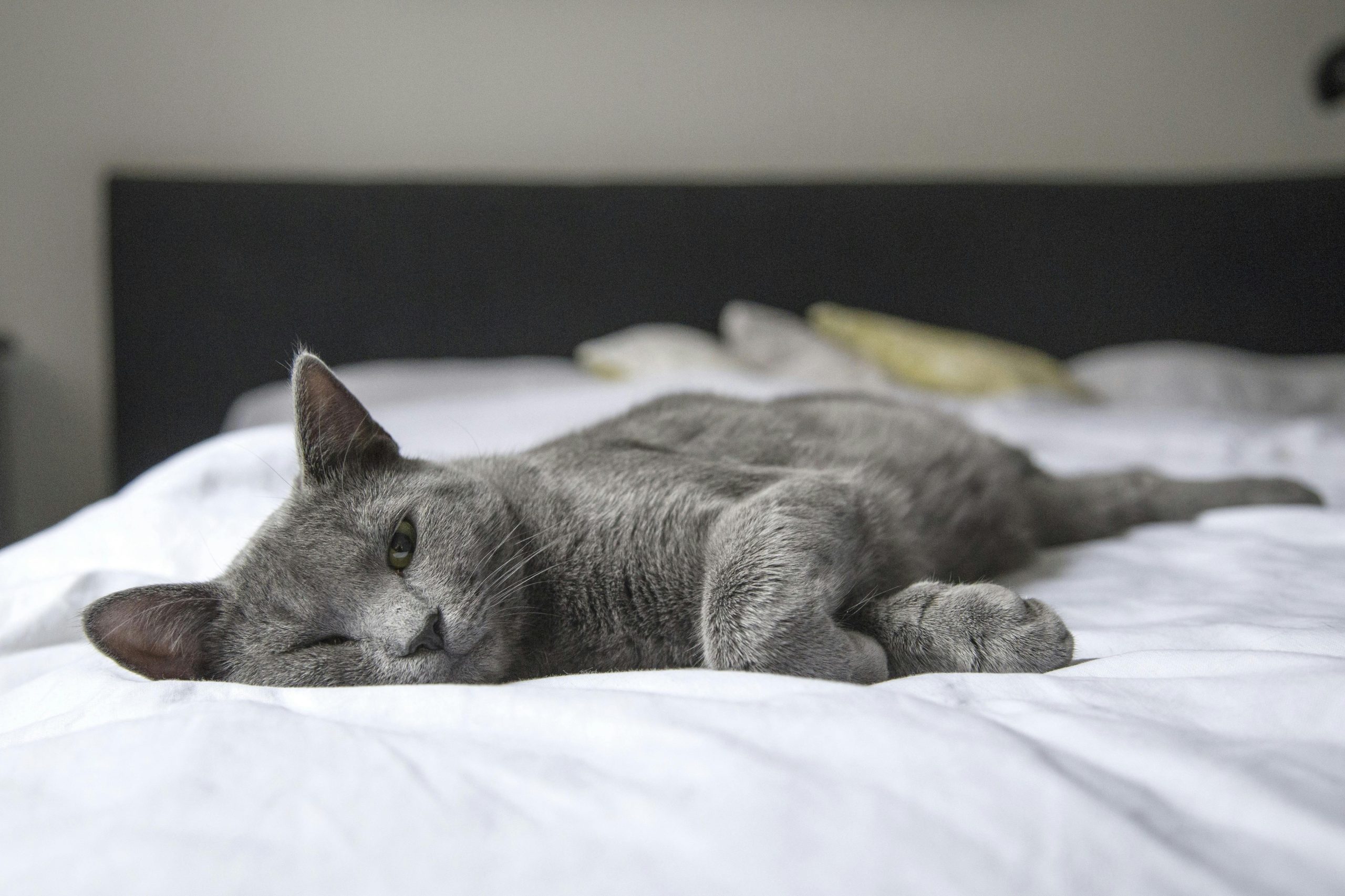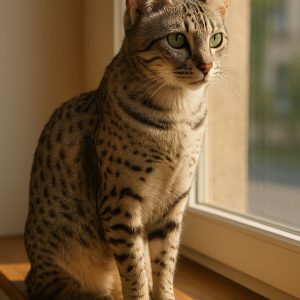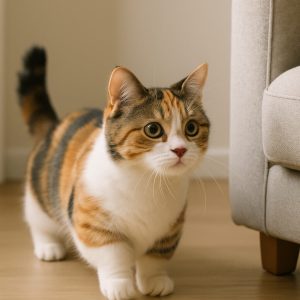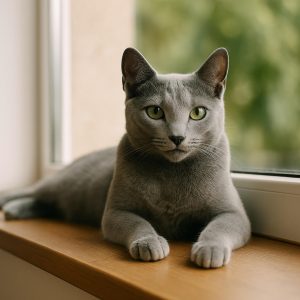Many people’s first impression of a British Shorthair is that distinguished, aristocratic expression. But beyond the plush fur and round face lies a cat with specific needs and a unique presence.
Background of the British Shorthair
The British Shorthair traces its roots back to domestic cats of Roman Britain. Through centuries of natural development and selective breeding, it became recognized for its resilience and calm temperament. Its name reflects both origin and appearance: solid, short fur and a sturdy, balanced build. Most major cat registries now accept the breed, with an average lifespan ranging from 12 to 17 years.
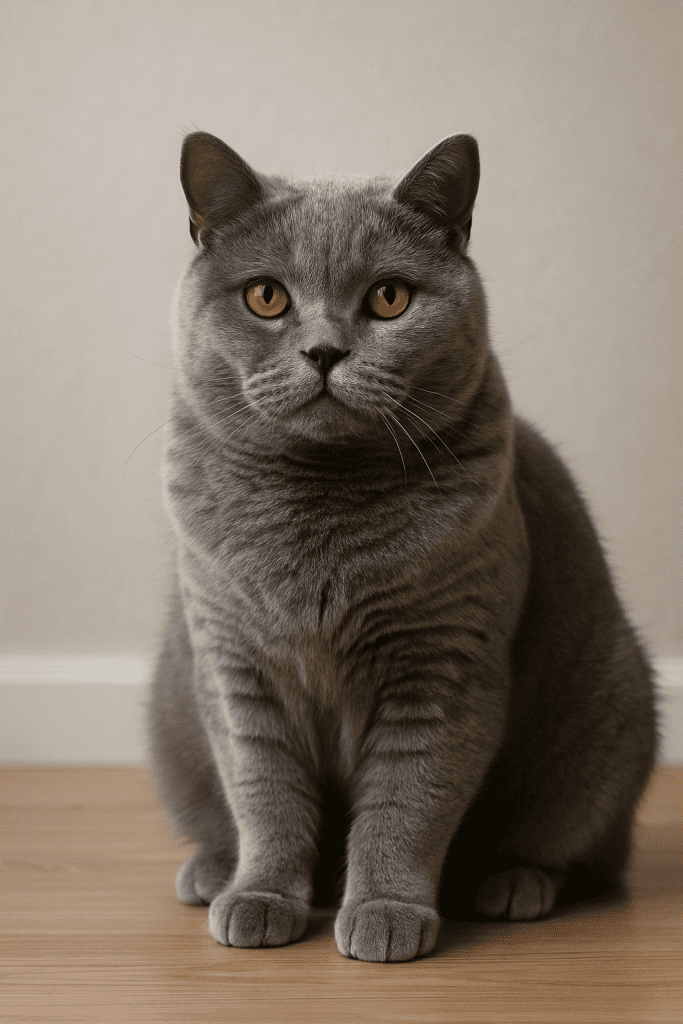
Distinctive Appearance
British Shorthairs are known for their round faces, dense coats, and stocky bodies. The thick double-layered fur feels plush to the touch and comes in a wide range of colors, though the blue (gray) variant is most iconic. Their copper-orange eyes, broad chests, and thick tails give them a teddy bear-like silhouette.
At home, they can appear larger than expected due to their dense build. Some owners are surprised by the amount of shedding, especially during seasonal transitions.
In addition to the classic blue-gray coat, British Shorthairs come in a wide variety of colors and patterns—including golden and silver shaded variants. According to breed standards set by international organizations such as the CFA (Cat Fanciers’ Association) and TICA (The International Cat Association), these are recognized color categories within the British Shorthair breed.
However, it’s worth noting that some of the golden and silver shaded cats may show slightly different physical traits due to historical crossbreeding with Persian or Chinchilla lines. This doesn’t disqualify them from the breed, but explains why some individuals may have rounder eyes, shorter noses, or a more “glamorous” look.
Temperament and Behavior
This breed is calm, observant, and not particularly vocal. While they enjoy human presence, they often prefer to sit nearby rather than on your lap. They rarely demand attention but value routine and stability.
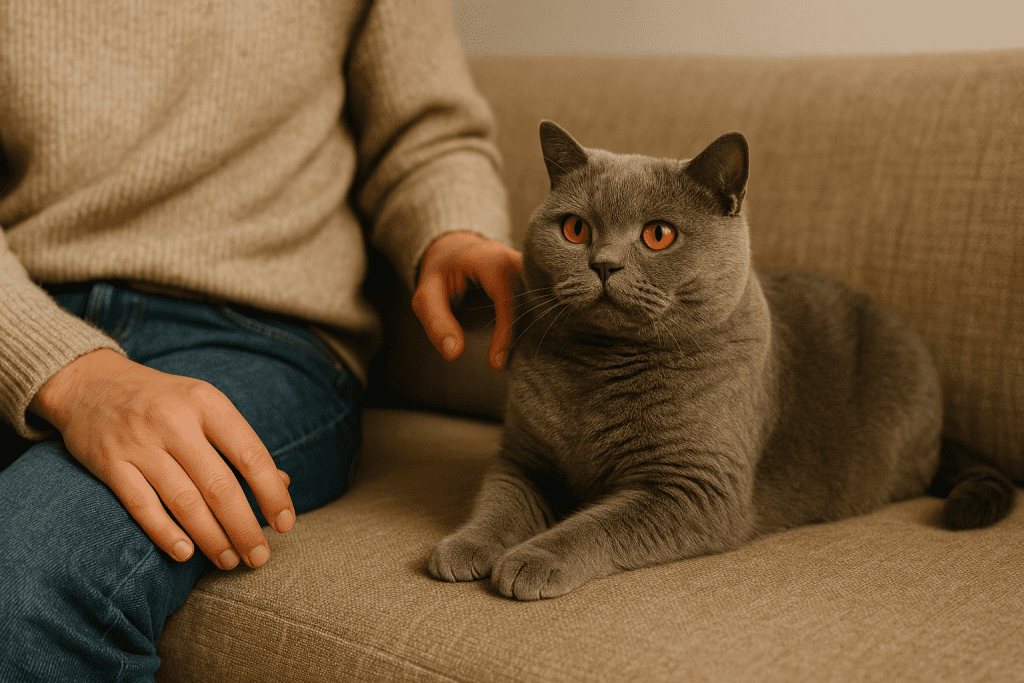
They’re not aloof — just self-possessed. It’s not unusual to hear, “It doesn’t follow me everywhere, but it’s always somewhere close.” They dislike being picked up but will tolerate it if handled gently.
Daily Care and Maintenance Tips
British Shorthairs adapt well to apartment life and are suitable for people with busy schedules — to an extent. While they don’t need constant interaction, they still require daily attention, mental stimulation, and a comfortable, predictable environment.
Their dense coat should be brushed once or twice a week to manage shedding. Pay attention to their weight; their calm nature makes them prone to obesity. Feed them controlled portions and encourage short daily play sessions to maintain muscle tone.
Health Considerations to Keep in Mind
Common health concerns include hypertrophic cardiomyopathy (HCM), a genetic heart condition, and dental issues like tartar buildup. Because of their love for comfort and food, obesity is a risk that can lead to joint and heart problems.
A veterinarian once remarked: “British Shorthairs may be quiet, but regular heart check-ups are still essential.”
Annual vet visits, dental checks, and maintaining a lean body weight go a long way in supporting their well-being.
Ideal and Less-Ideal Homes
This breed thrives in quiet households that respect their space. They’re well-suited for single professionals, couples, or families with older children who understand feline boundaries.
Not recommended for:
- People who want a clingy, high-energy cat
- Households with toddlers who expect constant interaction
- Owners who can’t commit to regular grooming and health checks
Final Thoughts: Is This the Right Cat for You?
Don’t be fooled by its quiet nature and plush appearance. A British Shorthair isn’t just a decorative presence — it’s a cat that appreciates respectful companionship and consistent care.
It won’t beg for attention, but it notices your absence. It may not jump on your lap, but it’ll always be near.
So before you decide, ask yourself: Do you truly understand what it means to live with this breed — and are you ready to meet it halfway?
